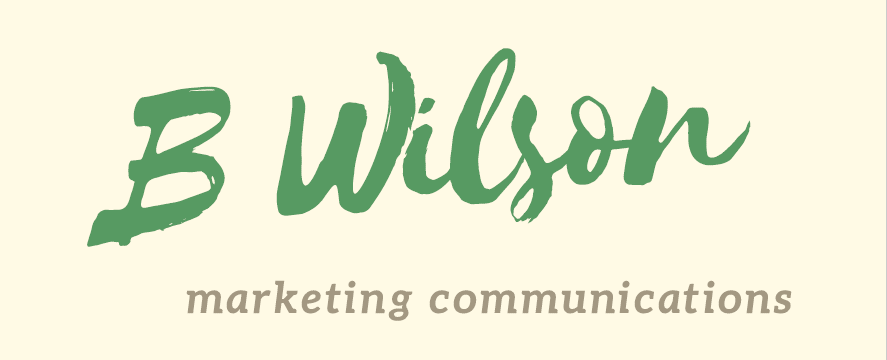
When I’m wearing my editor hat, I have the opportunity to read some beautifully crafted B2B marketing content. On the other hand, I’m also no stranger to finishing an article and asking myself, “What were they thinking?”
As busy writers, cranking out content, we sometimes fall into patterns that help us get the job done, but that result in content that misses the mark.
4 B2B Marketing Content Don’ts
Through years of editing highs and lows, I’ve concluded there are four common traps we can fall into as content marketing writers:
1. Using language over your reader’s head
Can your target audience understand what you write? I work with a lot of technology companies, and it’s easy for them to become so accustomed to industry terms, acronyms, and their corporate lingo that they use them when they write. But to a restaurant operator, delivery service dispatcher, fitness club owner, or home health provider who could be interested in their technology, it sounds like a whole different language.
An easy test is to enlist reasonably intelligent friends or relatives who don’t work in your field to read your content. Choose people who will give you an honest critique and who will be willing to talk it through, explaining back what they read so you can gauge their understanding.
You only get a few seconds to capture someone’s attention. Don’t give your target audience the impression that your B2B marketing content –and maybe your product line — is too hard for them to understand.
2. Writing what’s important to you, not your reader
From your perspective, the technical aspects of your product are pretty interesting. From a prospective user’s point of view, however, it’s more interesting to hear what the product can do for them, not how it works. It’s better to lead with the value your product can offer. Tell how it can make day-to-day tasks easier, how they can use it to operate more efficiently and how can help them make more money. There will be time after you capture your reader’s attention to explain product specs that make it unique and superior in the marketplace. Remember to put your reader’s needs and interests first.
3. Not having any idea who you are writing to
I have edited quite a few people who seem like they are writing to themselves. That works if a young female, digital native is writing to other young, female digital natives. But what if is she is writing for a middle-aged, less-than-tech-savvy male? The language and examples you’d use, the key points you’d make, and the tone of your writing should differ. Work with your sales team to develop a clear image of who your target audience is and write to them. It helps to visualize a typical customer —is she like your aunt who runs the flower shop or is he like your cousin, the electrical engineer? As you tell your story, “talk” to that person with content that will resonate.
4. Fooling yourself into believing B2B marketing content quality doesn’t matter
You’re optimizing for search engines, getting the right keywords in there, and making a paragraph fit in a layout. Does grammar still count?
Yes, it does.
Your job is more than getting people to click on a web page. It’s keeping their interest while upholding a positive brand image. Don’t blow it with poorly written content.
The Great Thing about Writing
Writers can change bad habits and even go back to a web page and fix content that falls short of standard. With the shift to doing business on digital channels, marketing content plays a more critical role than ever before. Rushing may get the job done, but taking time to make sure your writing will be effective promises a greater return. Do it right.
